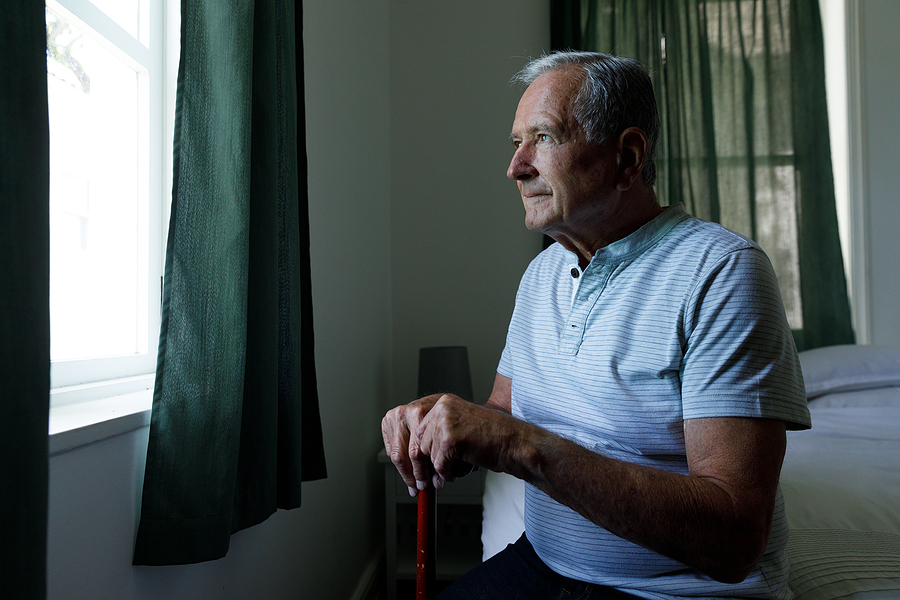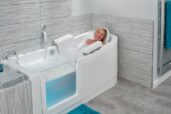A survey into the effects of the current circumstances has shown that two-thirds of those in a vulnerable situation, on a low income, or with a physical or mental disability have found they have struggled more during the lockdown.
The survey, commissioned by Smart Energy GB, has highlighted the increased struggle during this time, and need for increased adaptations to homes to ensure independence.
OnePoll, the company tasked with the survey, asked 2000 adults who were in a vulnerable category, including having a disability, mental health condition or were on a low income, highlighting how tasks people take for granted have become more difficult for people with disabilities.
As well as this, 60 per cent of people who are living with a disability said that they felt they have been forgotten about as lockdown and Covid-Safe protocols change social care and cause disruptions to care routines.
Ensuring that people can live as independently and comfortably as possible as more important now than ever, and to that end, adaptations are key to maintaining as high a quality of life as possible.
One of the most important rooms in the house when it comes to personal care, bathroom adaptations come in all shapes and sizes and should be designed to meet a person’s changing needs.
Here are some tips for helpful adaptations for one of the most important rooms in any house.
Consider How Needs Will Change
A person’s needs to be at the centre of any adaptations that are made to someone’s home, but now and in the future. Due to ageing or the nature of a health condition, certain daily activities can become more difficult, and any adaptation needs to bear this in mind.
At all points when adapting a bathroom, present and future needs need to be at the centre.
Consider Continued Accessibility
Many bathrooms are located upstairs, so before starting adaptations to the bathroom, consider if other adaptations are needed to continue to access the upper floor are needed, such as a stairlift, through-floor lift or support rails.
If you are currently using a walking aid, such as a frame or walking stick or are likely to need one in future, consider how much space you will need to move around with it inside the bathroom, as well as ensuring the door is wide enough to allow comfortable access whilst using your walking aid.
Preference is Key
There are several differences between mobility baths and walk-in showers, and both are excellently suited to different needs. Ultimately, as adaptation is about comfort and independence, which is better for you can sometimes come down to personal preference.
Mobility baths, whether it is a sit-down bath or a walk-in bath, allows for hydrotherapy treatment through the use of creams, salts and whirlpool settings, however owing to its design a person must wait inside the bath until it fully drains before getting out.
A walk-in shower can vary from a shower tray to a full wet-room shower, which allows for wheelchair access.
If you’re working from home and need to update your mobility bathroom for extra accessibility, then visit our site today, or if you are interested in finding out more information call us on 01491 411041 or visit our website.
18 January,2021








